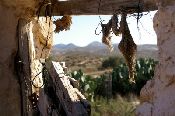|
Use of cow dung to make biogas
Authors: University of Botswana
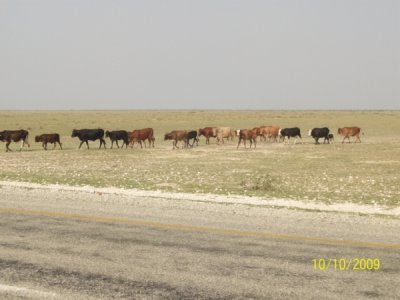 |
 |
This is an example of degradation as caused by cattle tracks. The numerous tracks on the plains are due to cattle as they move towards the water points. Each track has been shown to be 35cm wide. |
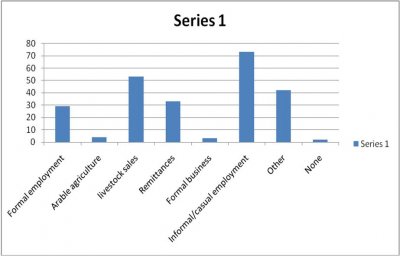 |
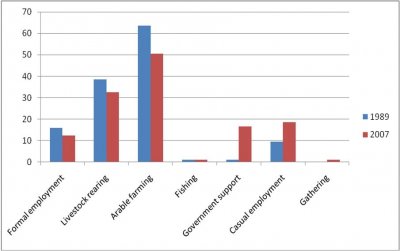 |
The two main sources of income in the area at present are informal employment and livestock sales. In the right bar chart (since 1989) the major livelihoods have been declining. |
| Boteti River water points (with cattle) – the kraals offer cow dung for the biogas plant, thus farmers can easily access the resource (green tank not part of the biogas equipment). |
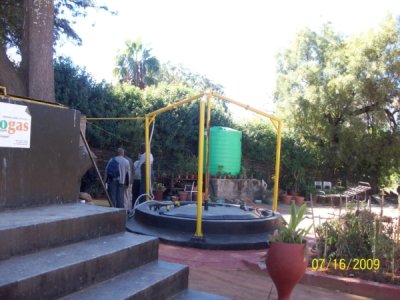 |
 |
|
Stakeholder involvement
- Choice of technology.
- Participation in site/plot selection.
- Involved in cow dung assessments like ease of access, possible socio-economic benefits of biogas plant.
- Participate in firewood studies and results sharing.
- To participate in biogas measurements and in monitoring.
|
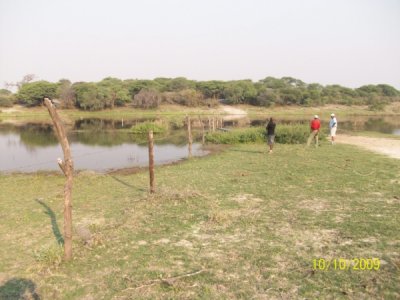 |
Project Analysis
- Cow dung measurements for biogas plant e.g. how much cow dung is produced per cow per night? (Answer = 5.4kg wet weight).
- How much biogas would be produced per unit volume of cow dung? 1kg cow dung produces 250g of biogas (methane gas) over 24hrs.
- For a household of 4 members, what is the likely usage (volume of gas used) per day (for cooking all meals): Answer = 2kg of dung.
- Is cow dung readily available, easy access? Answer = Yes!
|
Molapo farming
recessional agriculture, is one of the major uses of Boteti River
|
|

